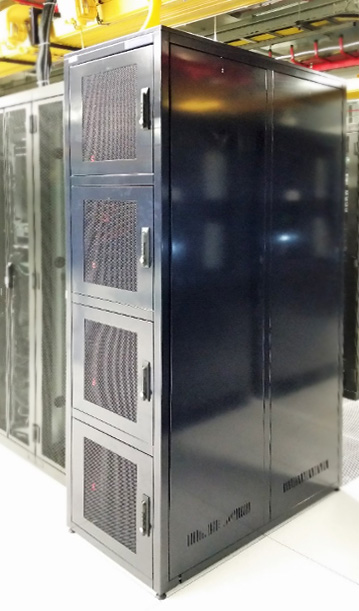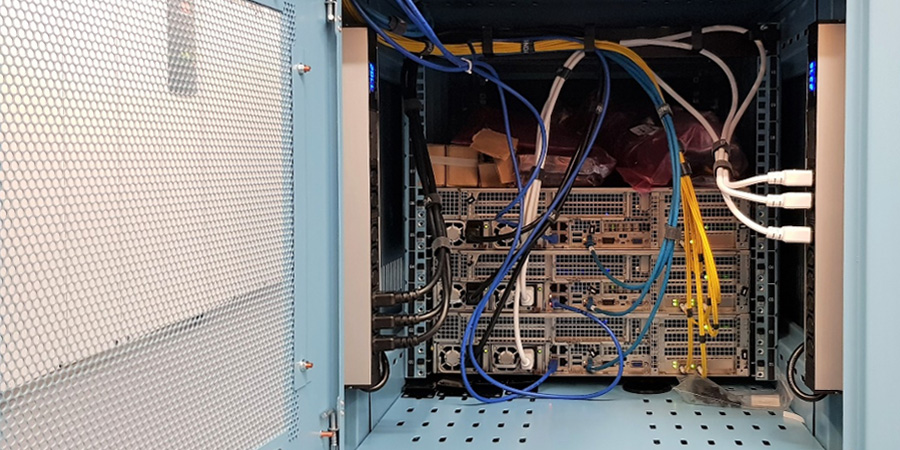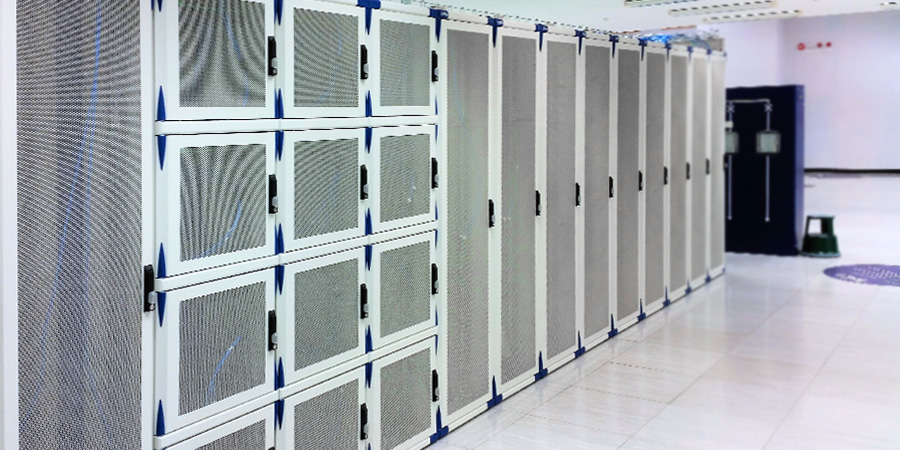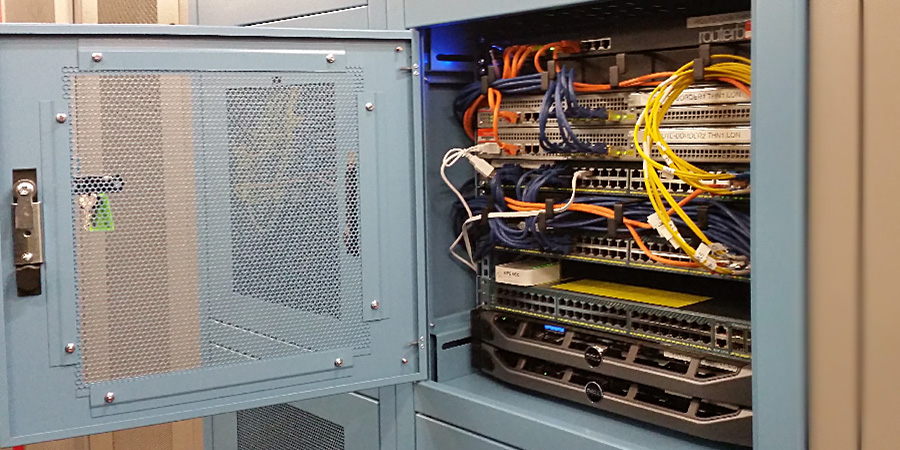
Small-scale customers (especially those wanting a quarter rack or half rack rather than a full rack) often find the response from some colocation providers rather limited. But at Colo-X, we’ve a long track record of sourcing high-quality quarter and half racks in key colocation ecosystems and other parts of the market, both within London and throughout the UK.
Finding the best fit between your needs and what is available in the market is one of the key ways we add value, and we’ve extensive experience in sourcing quarter racks and half racks. So if you’ve a colocation need, challenge or question, we’re ready to help. Below, we answer:
What is driving the need for part-rack colocation?
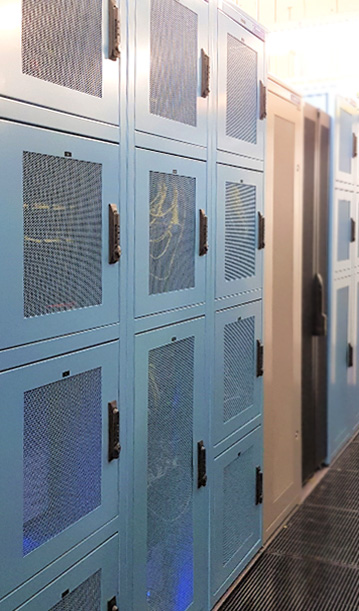 With the need for interconnection continuing to grow, service providers and direct enterprise customers are all finding the idea of a point of presence in a well-connected data centre increasingly hard resist.
With the need for interconnection continuing to grow, service providers and direct enterprise customers are all finding the idea of a point of presence in a well-connected data centre increasingly hard resist.
Access to ‘fat pipes’, consistent and low-latency connectivity to upstream providers (either cloud or network) and the reliability of the infrastructure itself for improved availability, are all strong motivators for using third-party colocation data centres.
The challenge for smaller colocation users is that the industry is geared to selling full-height racks. These are usually 42–48U tall, with power in the range of 3.5–4kW, and 16–20Amps per rack. For many users, this is simply far in excess of their needs. (A full rack with 16Amps can cost as much as £1,800 per month in some London colocation ecosystems – a fairly hefty cost for a small user!)
As a result, many buyers are looking for smaller colocation options: typically a secure, dedicated quarter rack or half rack. Some providers (such as partners of the larger operators, or many of the smaller independent data centre operators) are making quarter and half racks available to service this niche.
What are the typical use-cases for a quarter or half rack?
Colo-X specialises in the retail part of the colocation market, so a fair portion of our enquiries are for quarter or half racks. In general, we find there are two types of users:
What should you look for in a quarter rack or half rack?
Colocation buyers sometimes fall into trap of thinking that one quarter rack will offer the same features as another. But options vary, so caution and a clear idea of what is a must-have and what is a nice-to-have are necessary. Here’s a rough overview of some of the features we look for or expect:
What is the cost of a quarter rack or half rack?
As with full-rack colocation, there are a wide range of prices in the market, but the broad comparison is between ecosystem pricing versus other ‘non-ecosystem’ facilities.
Contact Colo-X for part-rack colocation quotations and advice
If you’re looking for a part rack, we will ensure we fully understand your requirements before making recommendations and organising an appropriate quote. However, as this is an area we specialise in, we can do this both quickly and thoroughly.
We usually supply costs and information within 60 minutes during office hours.
